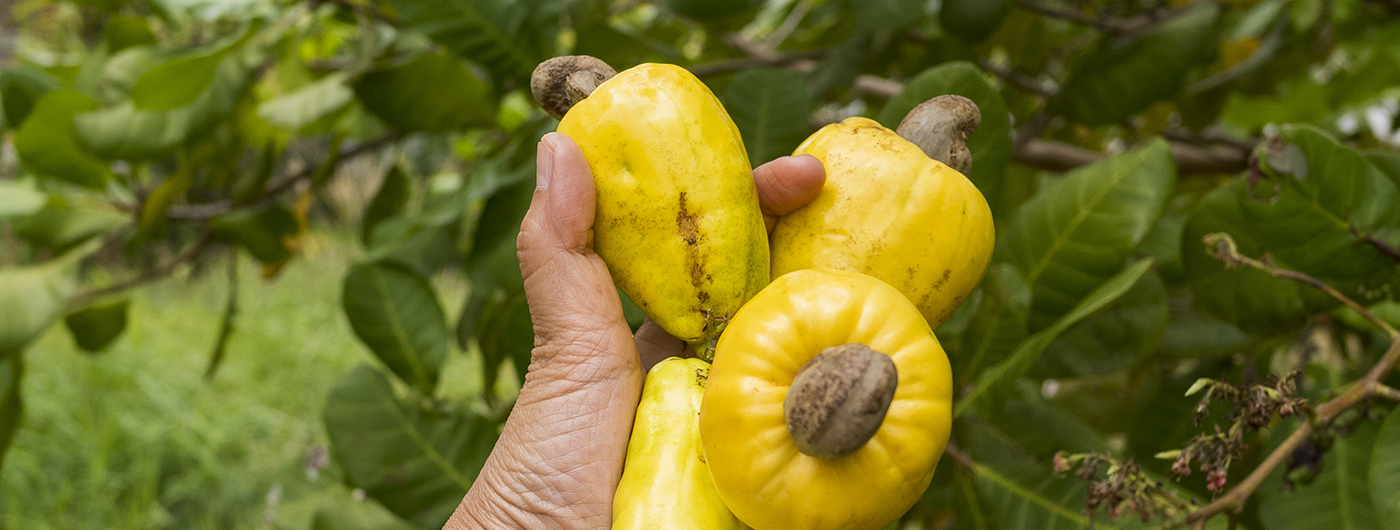

Coffee Market Analysis Report – November 18, 2024
The global coffee market witnessed significant developments between November 13 and 15, 2024, driven by evolving production forecasts, regulatory adjustments, and macroeconomic influences. Brazil’s crop projections for the 2025/26 coffee year, along with robusta market dynamics and the European Union’s decision to extend the compliance deadline for the Deforestation Regulation (EUDR), were key highlights. Both Arabica and Robusta futures markets experienced upward momentum, supported by speculative buying and technical adjustments. However, the strengthening U.S. Dollar added headwinds for commodity prices, influencing trade flows and pricing strategies.
Key Market Highlights
1. Regulatory Developments: European Union Deforestation Regulation (EUDR)
– On November 14, 2024, the European Parliament approved a 12-month extension to the compliance deadline for EUDR.
– This decision alleviates immediate supply chain pressures for key commodities, including coffee, cocoa, soy, and palm oil, particularly for producers in developing economies.
– Despite the extension, compliance preparation remains a priority, with significant investments in traceability systems and sustainable practices by exporters and producers alike.
2. Brazil: Crop Forecasts and Supply Outlook
– 2024/25 Coffee Year: Production is estimated at 64.50 million bags, with potential exports matching the record 41.50 million bags achieved in 2020/21.
– Brazil’s domestic consumption is projected at 22.50 million bags, leaving a modest carryover stock of 3 million bags into the 2025/26 coffee year.
– 2025/26 Preliminary Forecast:
– Total production is projected at 65.60 million bags, a marginal 0.45% decline year-over-year.
– Arabica production is expected to decrease by 10% to 40 million bags, attributed to unfavorable weather and low soil moisture levels in non-irrigated regions.
– Conilon robusta production is forecast to rise by 21% to 25.60 million bags, driven by favorable conditions and improved farming practices.
– Robusta’s expanding market share is expected to support both local and export demand, reinforcing Brazil’s role as a key supplier in the robusta segment.
3. Certified Coffee Stocks
– Certified washed Arabica stocks registered against the New York exchange showed the following movements:
– November 13: Declined by 285 bags to 852,161 bags.
– November 14: Increased by 14,003 bags to 866,164 bags.
– November 15: Rose further by 7,427 bags to 873,589 bags.
Of these stocks, 97.93% are held in Europe, predominantly comprising Brazilian washed Arabica (51.80%) and Nicaraguan coffee (14.40%). Pending grading stocks fell consistently, ending the period at 72,537 bags.
4. Currency and Commodity Dynamics
– The U.S. Dollar reached a one-year high, trading at:
– GBP: 1.268
– EUR: 1.054
– BRL: 5.806 (November 14), easing slightly to 5.789 (November 15).
– The strengthening Dollar exerted downward pressure on commodities but did not deter firm closes in coffee markets, supported by speculative short covering and technical buying activity.
Market Performance: Arabica vs. Robusta
New York (Arabica) and London (Robusta) Futures
– Both markets began the period trading on firm notes and gradually gained momentum:
– November 13: Speculative buying and technical adjustments drove gains, with both markets closing on positive notes.
– November 14: Volatility persisted in New York, but both markets ended the day higher.
– November 15: Sustained momentum in New York triggered buy stops, while London maintained steady gains, with both markets closing firmly.
Arbitrage Trends: The December 2024 to January 2025 arbitrage between New York and London widened over the period, reflecting a favorable discount for robusta:
– November 13: 57.75 Usc/Lb (21.91% discount for London Robusta).
– November 14: 61.55 Usc/Lb (22.65% discount).
– November 15: 62.27 Usc/Lb (22.32% discount).
Outlook and Strategic Considerations
1. Supply-Side Dynamics
– Brazil’s robusta production expansion is expected to ease global supply constraints in the second half of 2025, complementing Vietnam’s ongoing robusta harvest and upcoming contributions from Indonesia and Uganda.
– In contrast, Arabica production remains vulnerable to weather-related risks, particularly in rain-dependent regions of Brazil.
2. Regulatory and Market Adaptations: The EUDR extension provides temporary relief but underscores the long-term importance of sustainability compliance. Producers and exporters should leverage this period to enhance traceability and align with global standards.
3. Currency Impact: A persistently strong U.S. Dollar could challenge price competitiveness for coffee exports, particularly from emerging markets. Exporters may need to adopt hedging strategies to mitigate currency risks.
4. Consumer Demand: Inflationary pressures in Europe and North America could constrain out-of-home coffee consumption, while growing domestic demand in producing countries offers new growth opportunities.
Conclusion
The coffee market remains at a critical juncture, influenced by regulatory, environmental, and macroeconomic factors. While the medium-term outlook benefits from robusta supply growth, challenges in Arabica production and global economic conditions require careful monitoring. Market participants should stay agile, focusing on compliance, sustainability, and efficient supply chain management to navigate this dynamic environment effectively.


